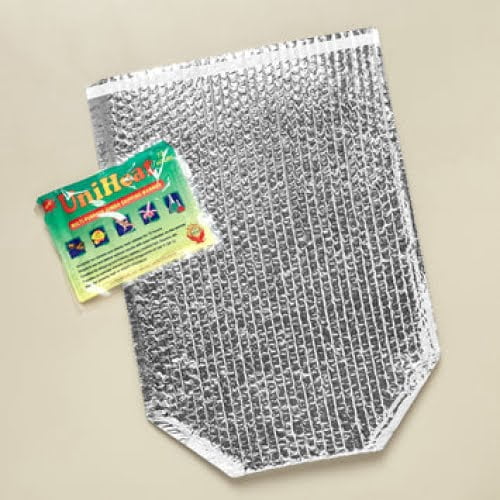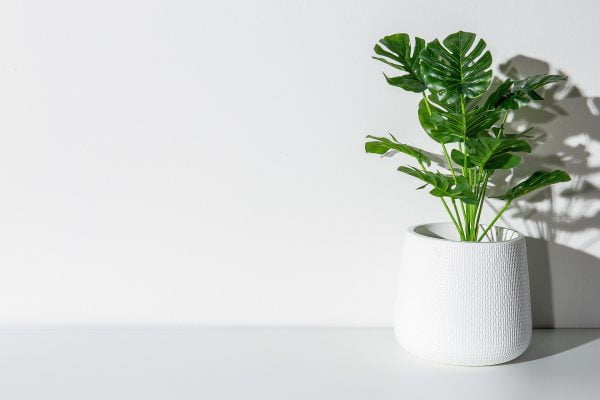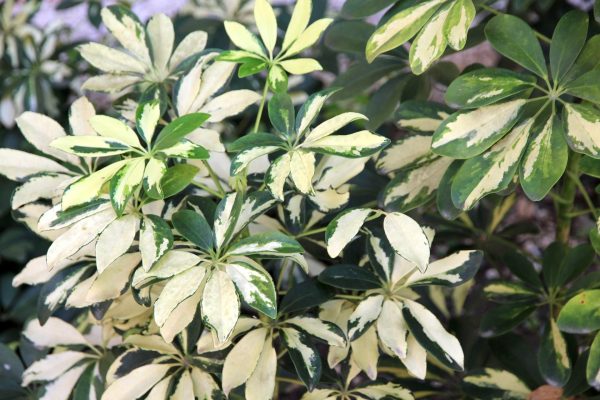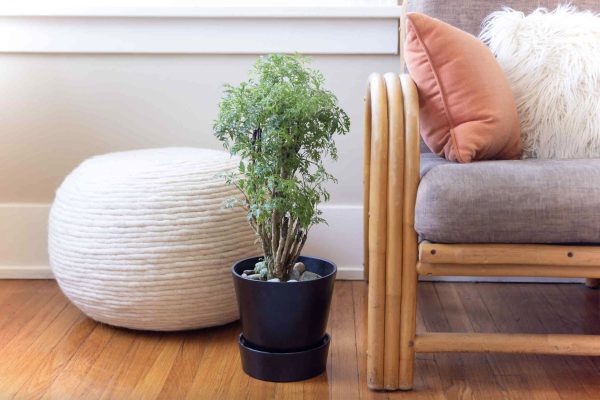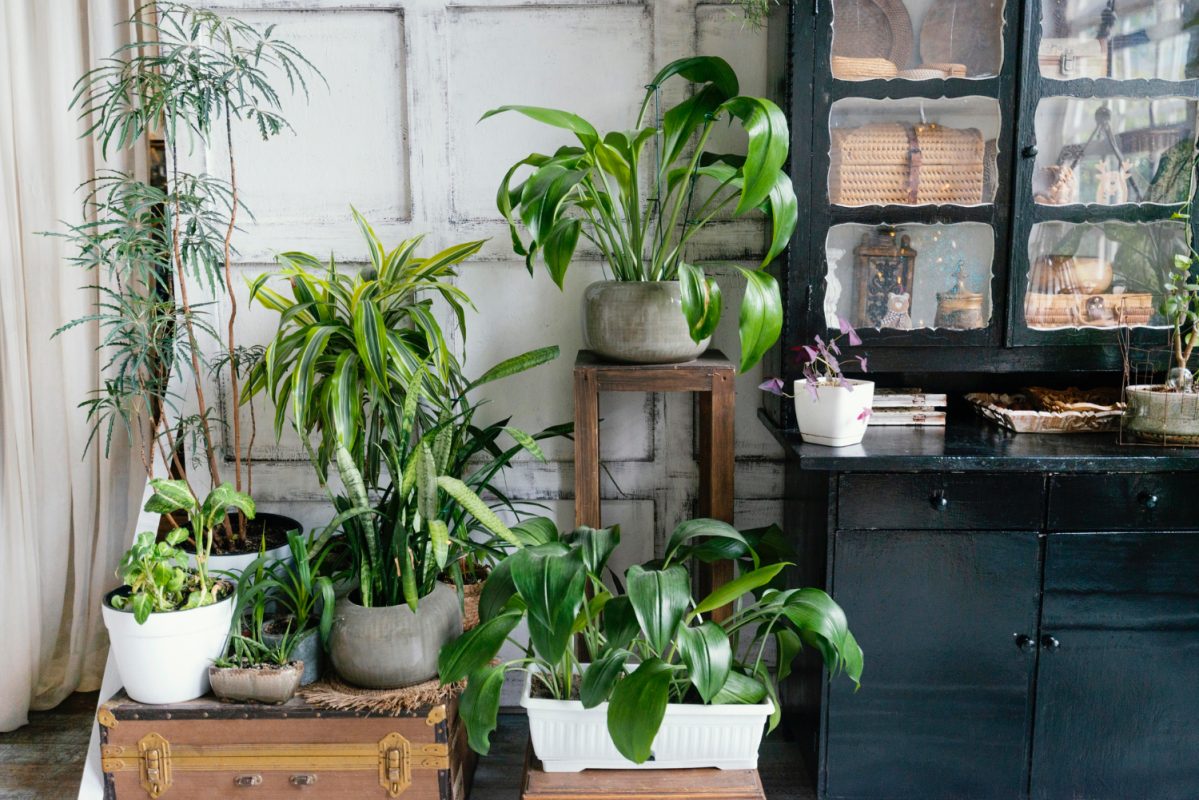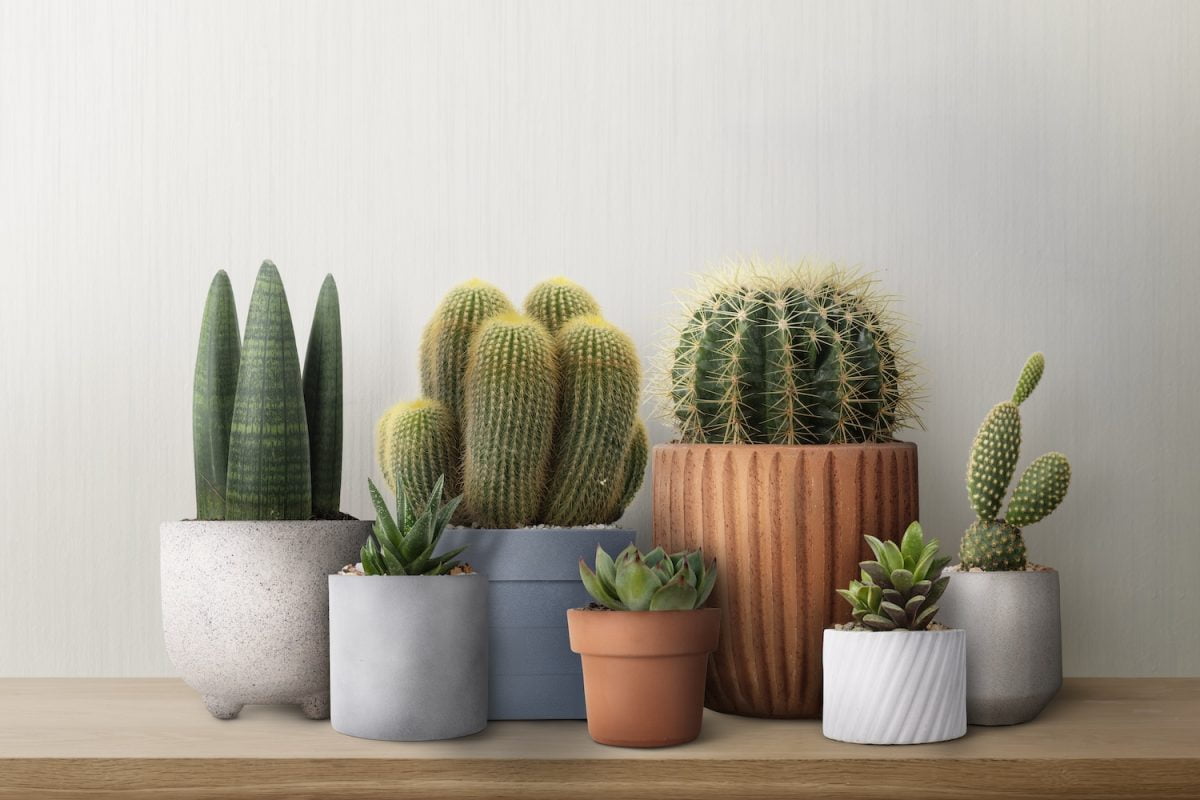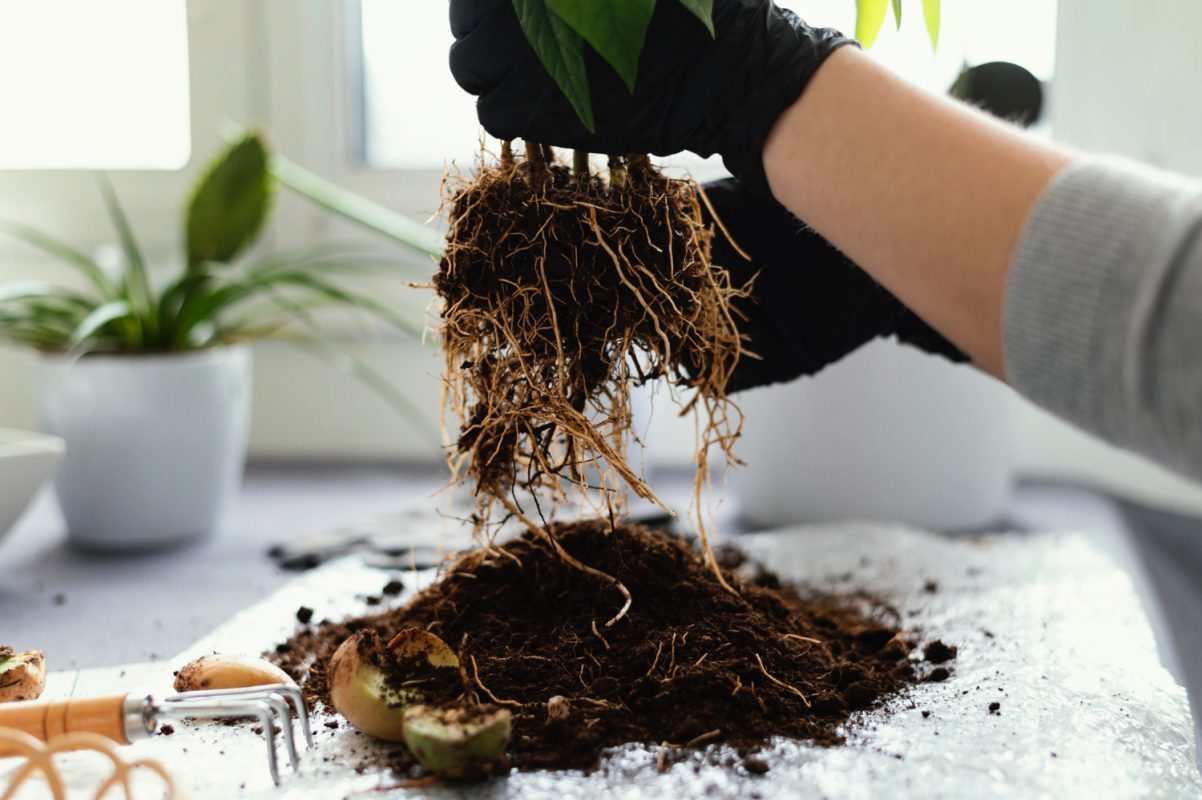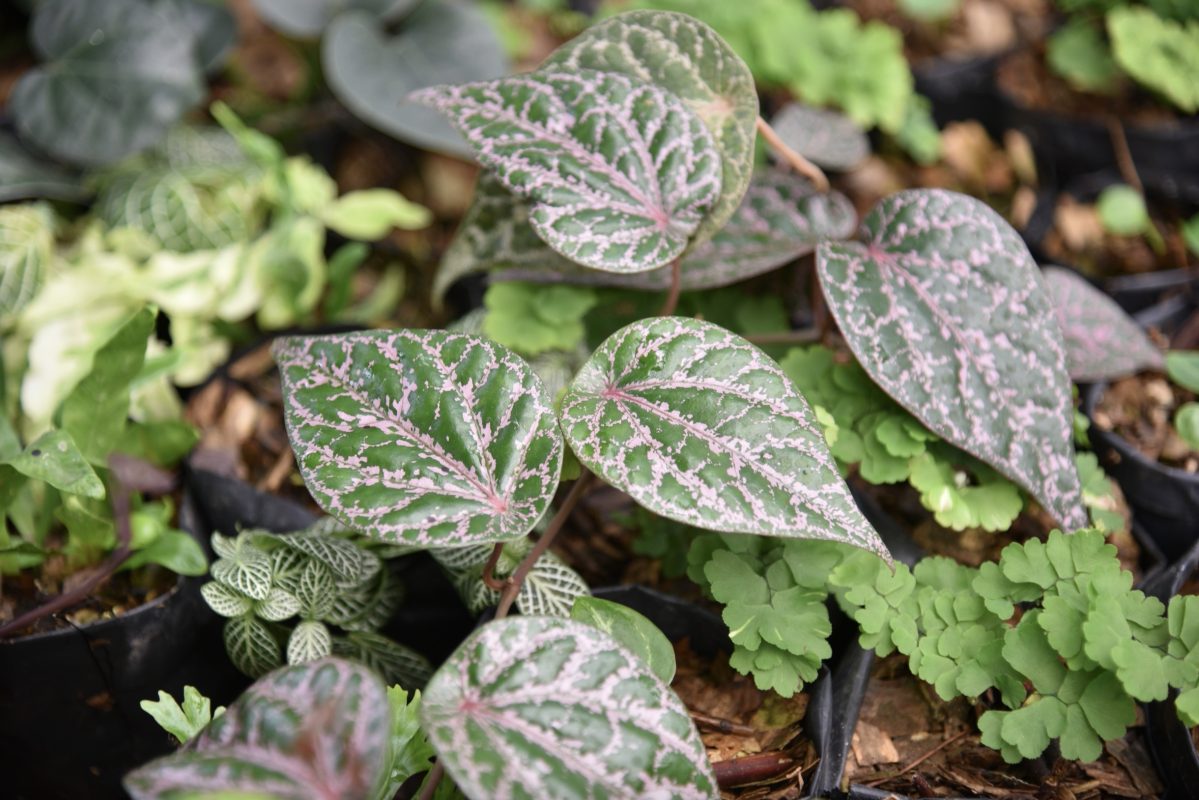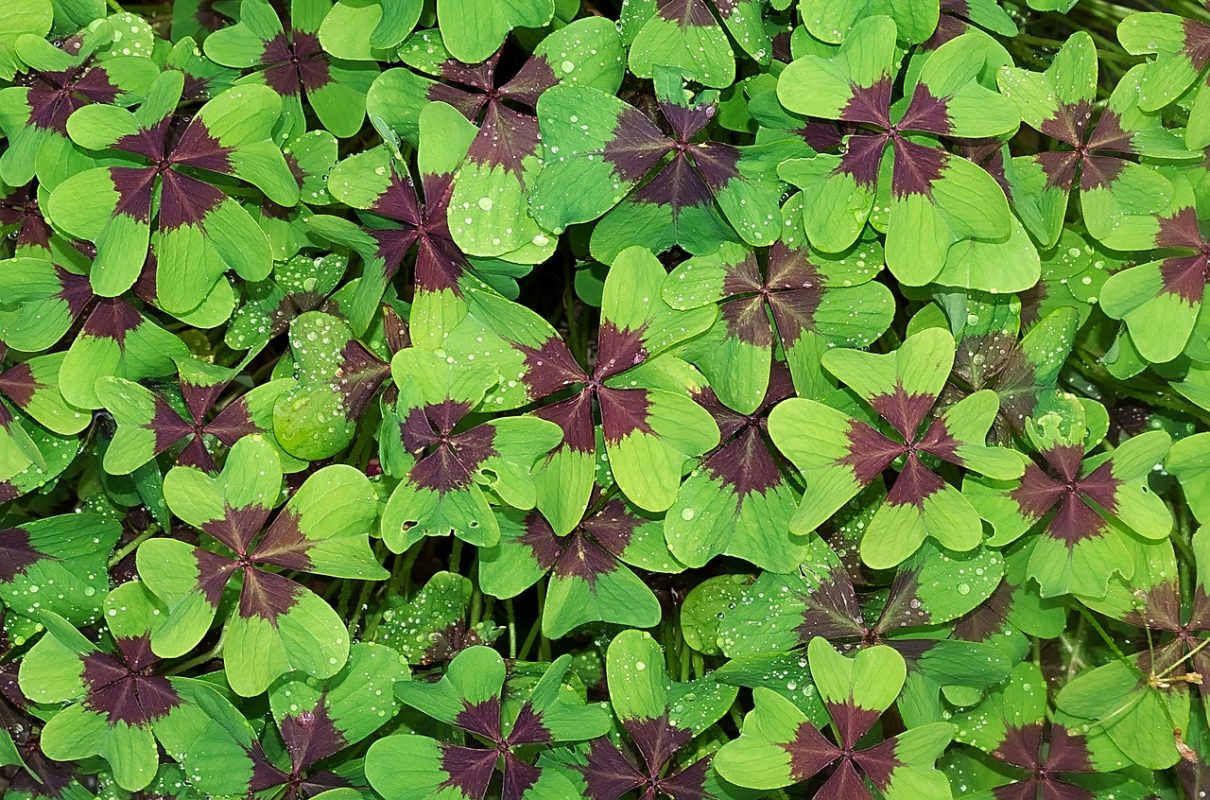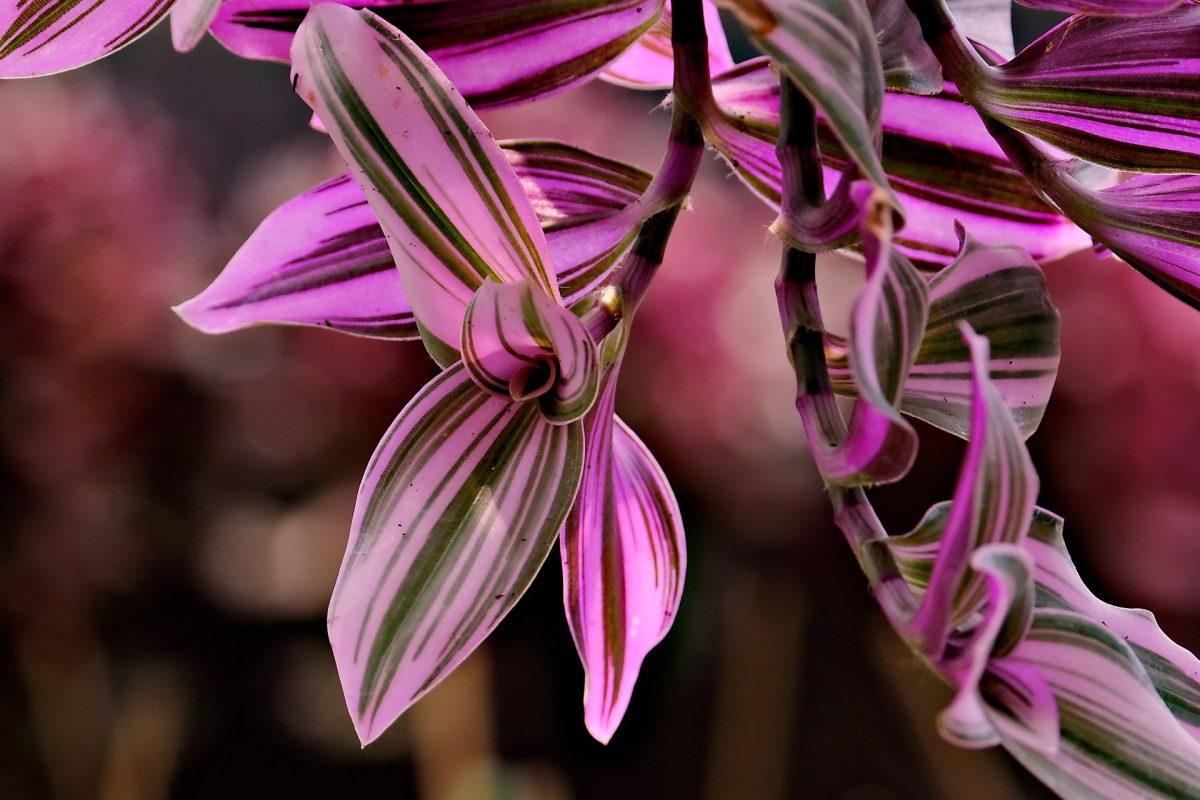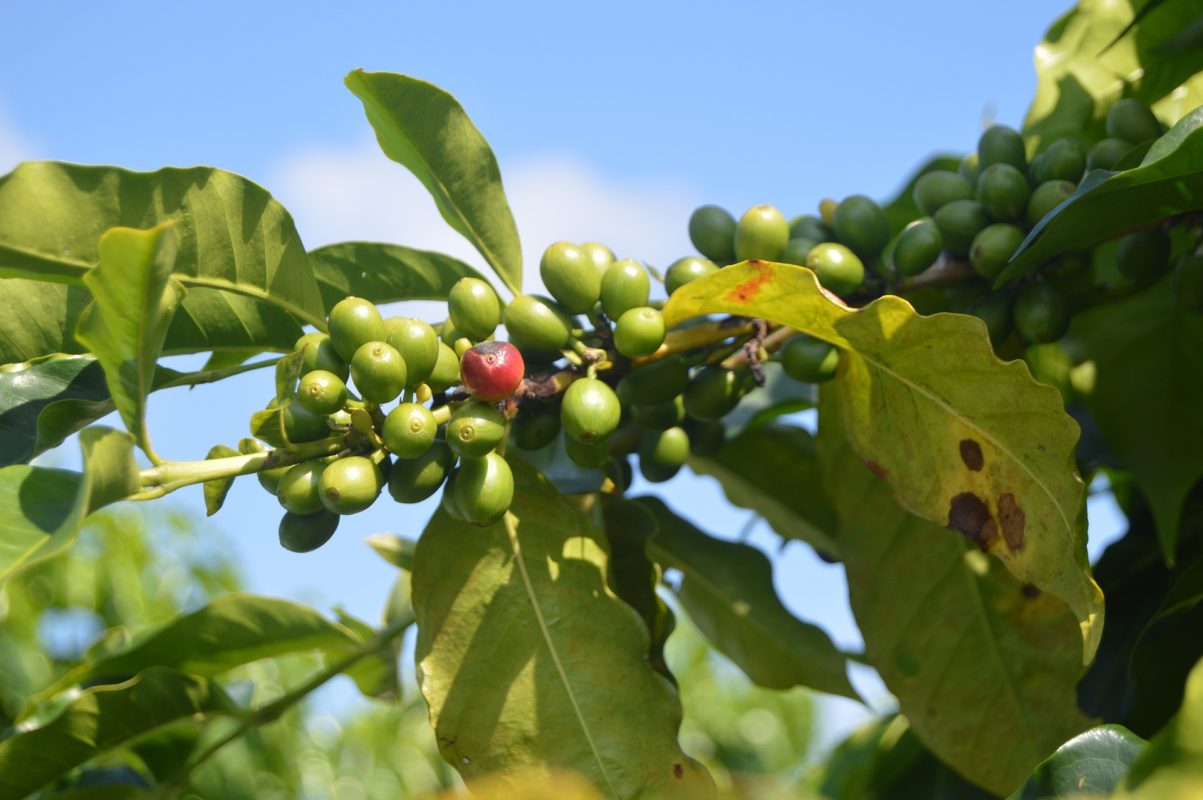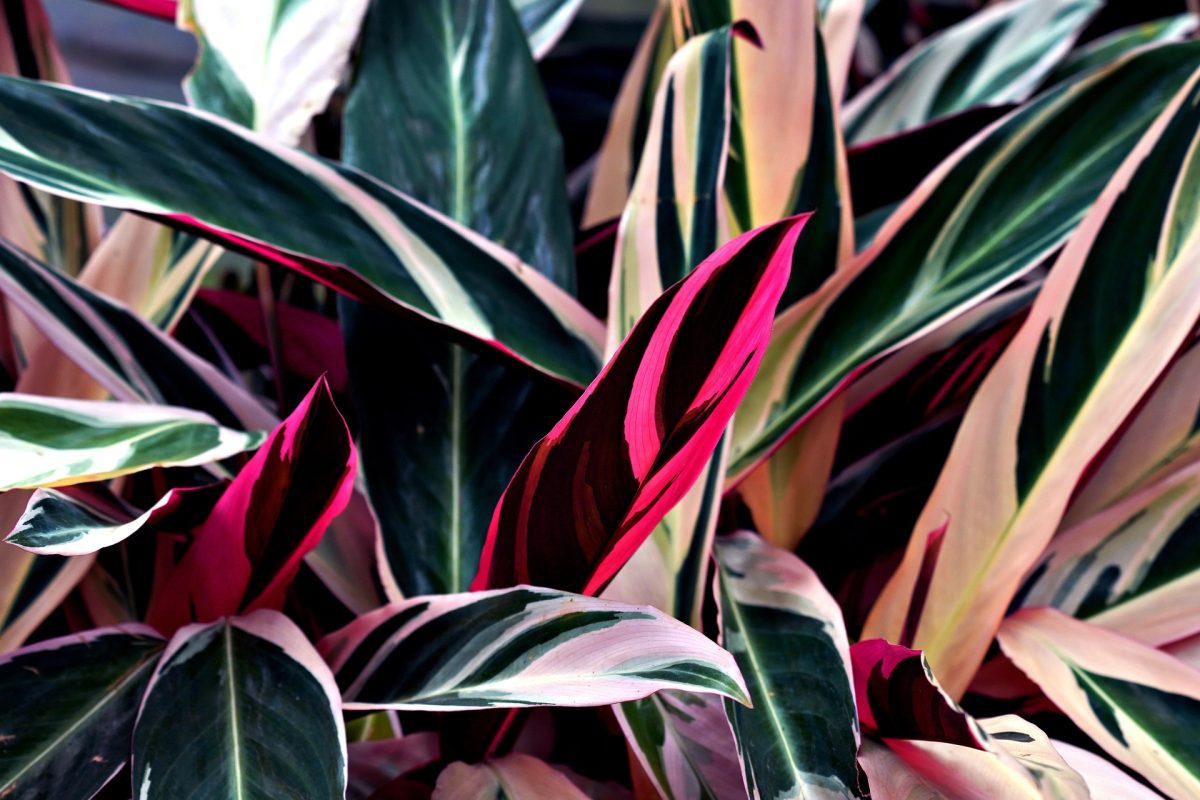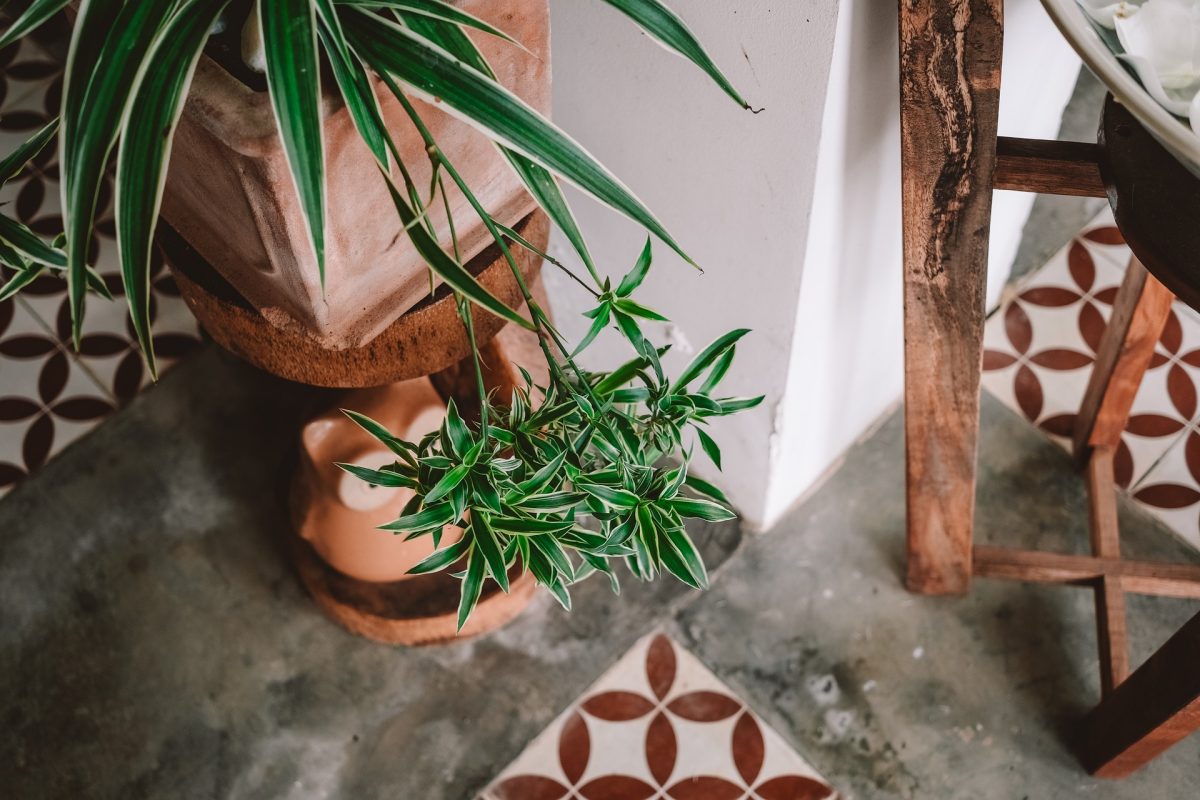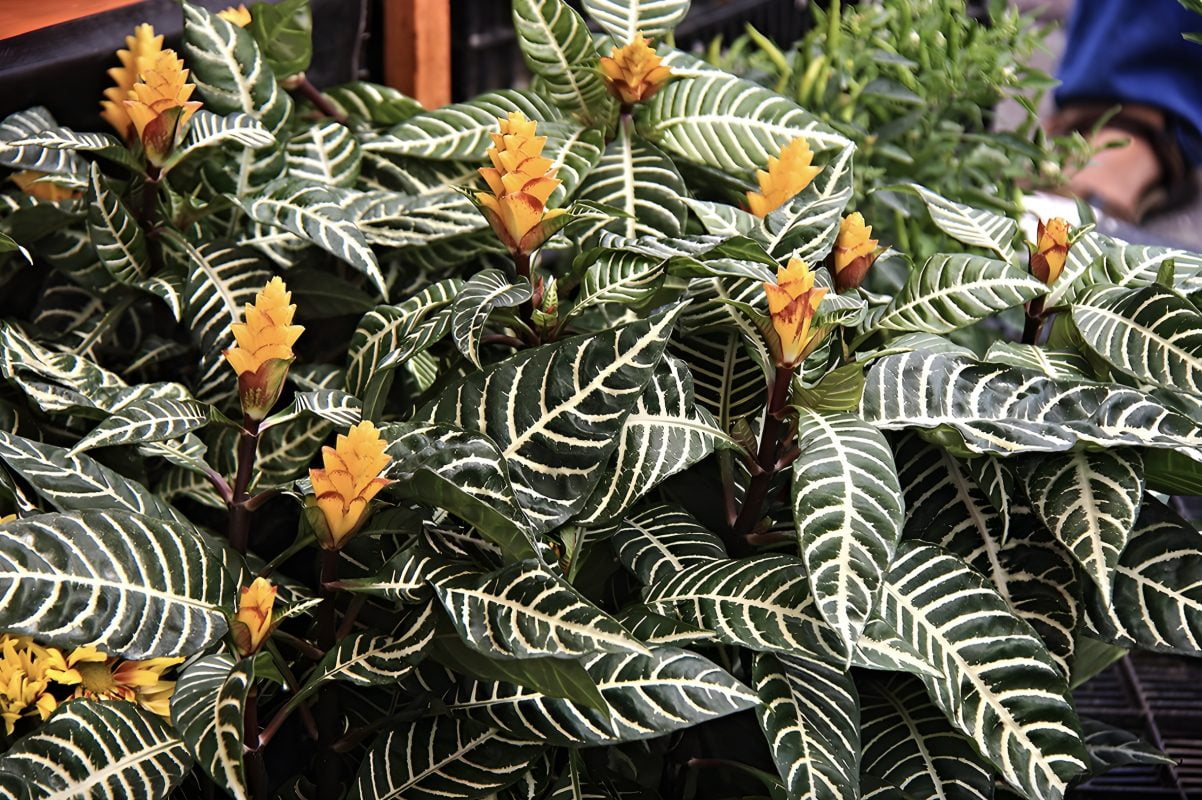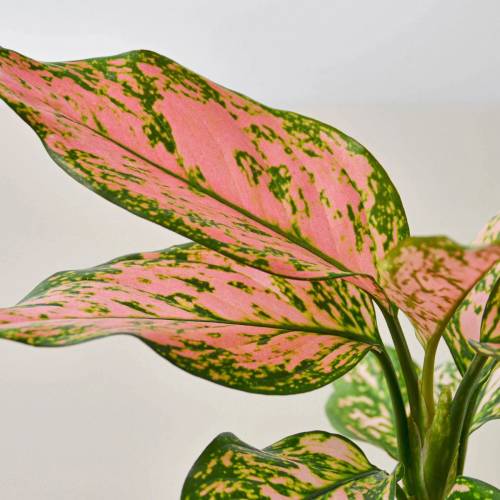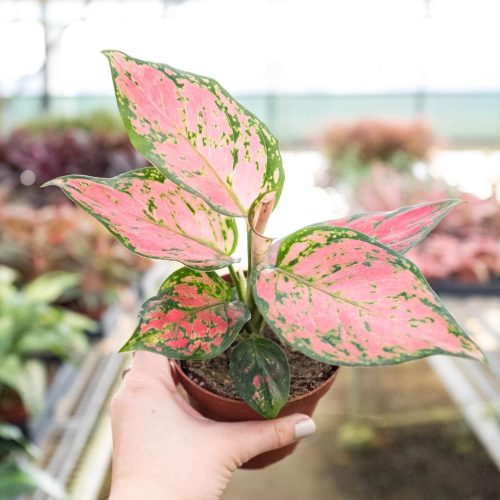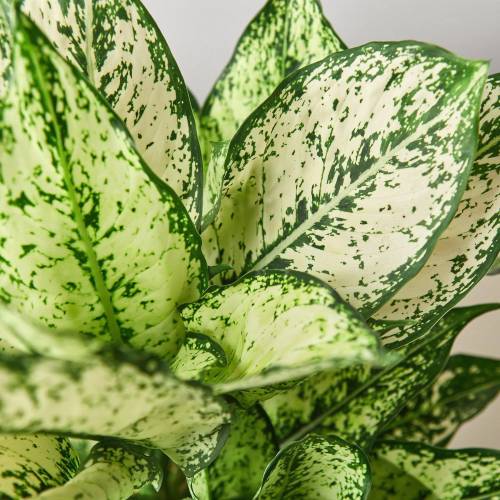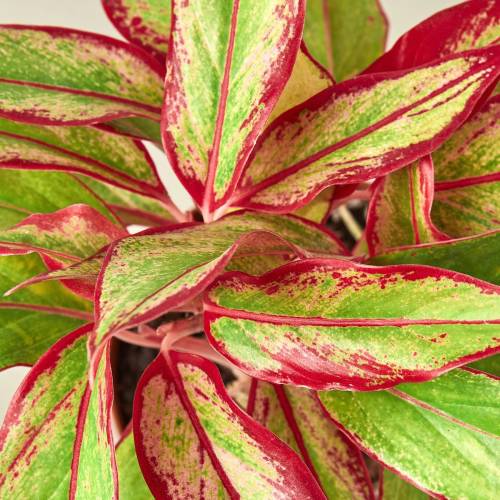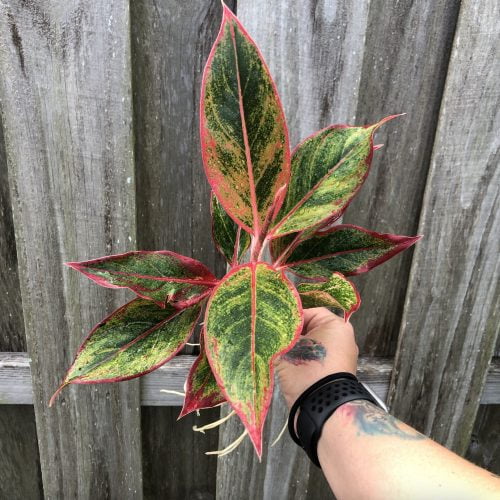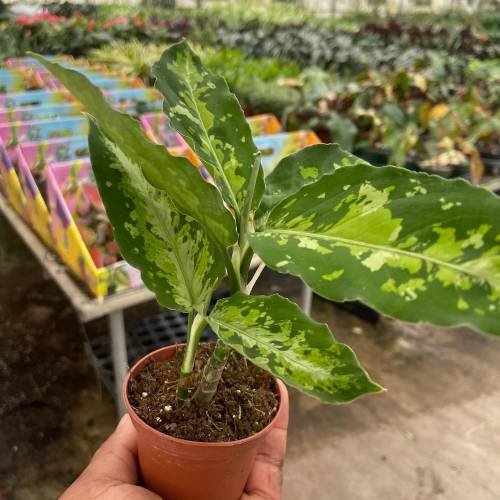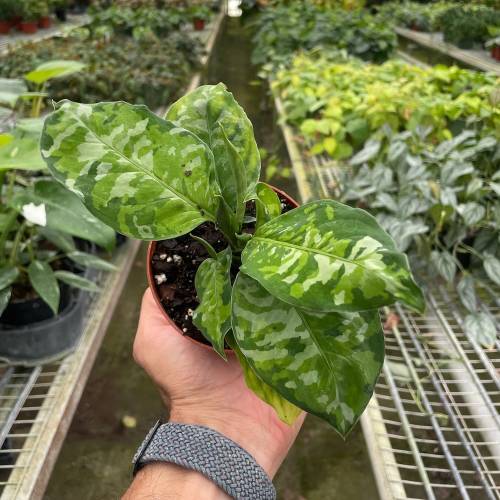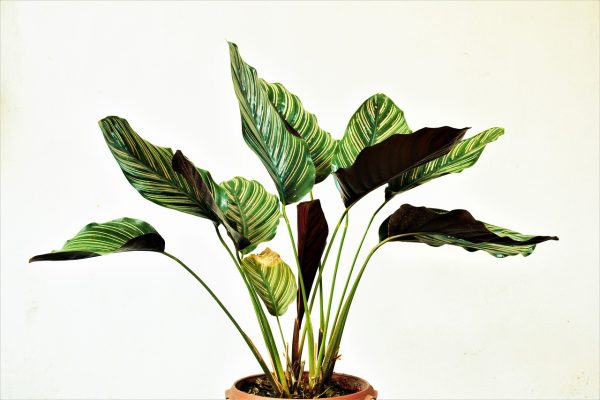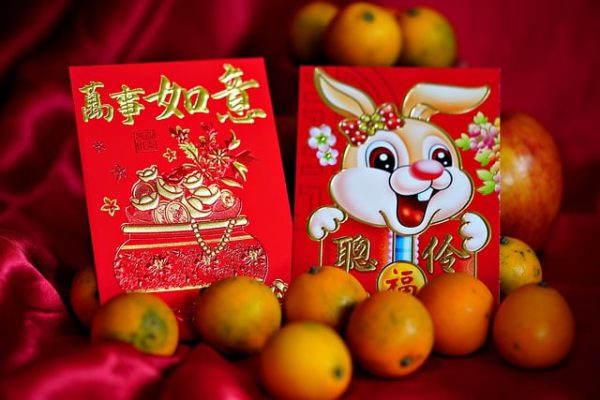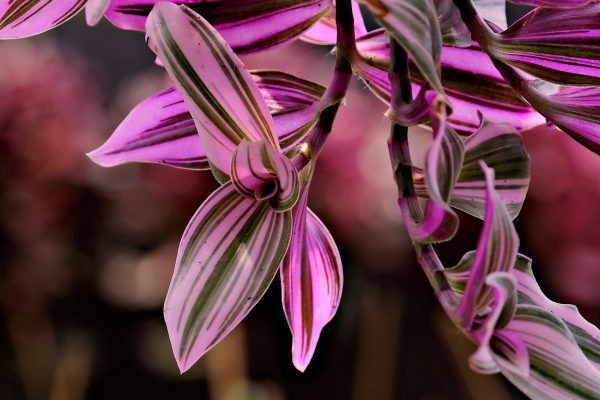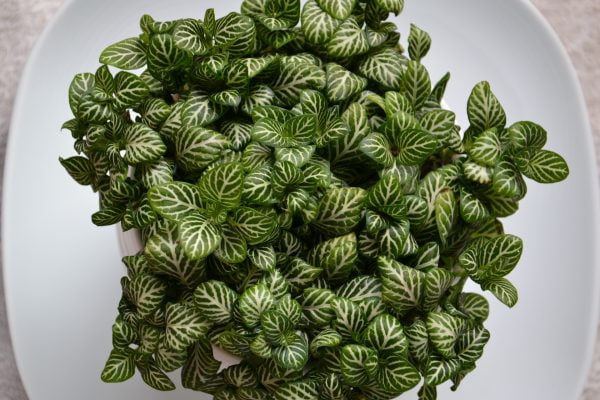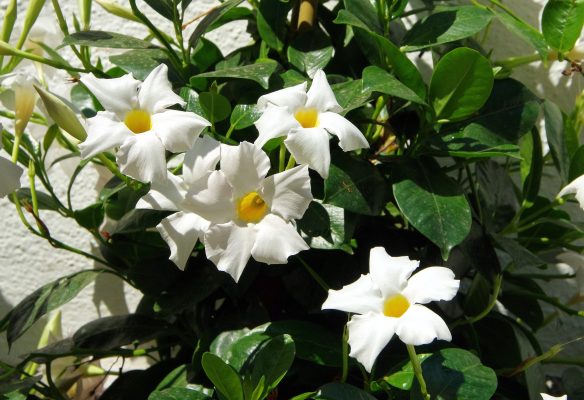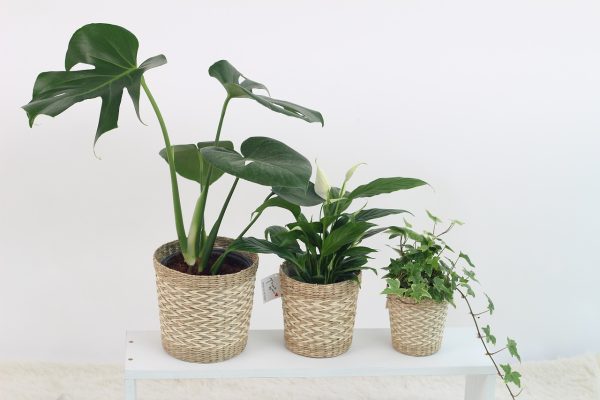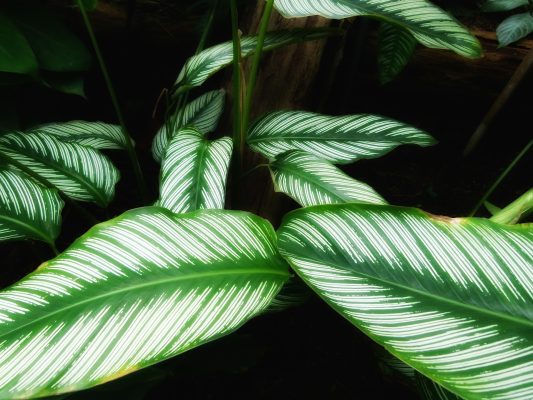The Chinese Evergreen, scientifically known as Aglaonema spp., stands as a symbol of endurance and tranquility with its lush, variegated foliage. This comprehensive care guide is your gateway to cultivating the serene beauty of Chinese Evergreens, transforming your indoor space into a haven of greenery and calm.
I. Plant Overview:
- Scientific Name: Aglaonema spp.
- Common Names: Chinese Evergreen, Aglaonema
- Origin: Native to Southeast Asia.
II. Light Requirements:
- Ideal Conditions: Low to medium, indirect light. Chinese Evergreens are adaptable to various light levels.
- Tolerance: Can tolerate lower light conditions, but may exhibit slower growth.
III. Watering:
- Frequency: Allow the top inch of soil to dry before watering. Keep the soil consistently moist but not waterlogged.
- Water Quality: Use room-temperature water. Chinese Evergreens are sensitive to overwatering, so ensure proper drainage.
- Humidity: Adapt well to average indoor humidity levels. Regular misting is optional.
IV. Soil:
- Type: Well-draining, peat-based potting mix. A mix for tropical plants or general-purpose potting soil is suitable.
- pH Level: Slightly acidic to neutral (pH 6.0-7.0).
V. Temperature and Humidity:
- Temperature: Thrives in temperatures between 65-80°F (18-27°C). Protect from drafts and sudden temperature changes.
- Humidity: Tolerant of average humidity. Provide good air circulation for optimal health.
VI. Fertilization:
- Schedule: Feed every 4-6 weeks during the growing season (spring and summer).
- Fertilizer: Use a balanced liquid fertilizer, diluted to half strength. Reduce fertilization in the dormant season (fall and winter).
VII. Pruning and Maintenance:
- Pruning: Trim yellow or brown leaves close to the base. Remove any debris from the plant.
- Cleaning: Wipe leaves with a damp cloth to remove dust. Keep the plant’s appearance neat and tidy.
VIII. Repotting:
- Frequency: Repot every 1-2 years, or when the plant outgrows its container.
- Procedure: Gently remove the plant, inspect roots, and repot in fresh soil. Choose a container with drainage holes.
IX. Common Issues and Solutions:
- Yellowing Leaves: Overwatering or inadequate light. Adjust watering habits and provide more light if needed.
- Pests: Occasionally susceptible to mealybugs or scale. Treat with insecticidal soap or neem oil.
- Wilting: Insufficient water or extreme temperature fluctuations. Adjust watering and ensure consistent conditions.
X. Propagation:
- Method: Division or stem cuttings.
- Timing: Spring or early summer.
- Process: Carefully divide the plant at the roots or take a cutting with at least two nodes. Plant in fresh soil and provide appropriate care.
Caring for Chinese Evergreens is a serene and rewarding experience. This guide equips you with the knowledge to foster their enduring beauty, ensuring they thrive as a tranquil presence in your indoor oasis. Happy gardening!
our recommendation
you may also want to know



